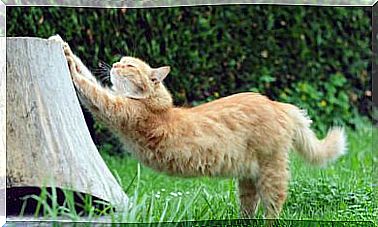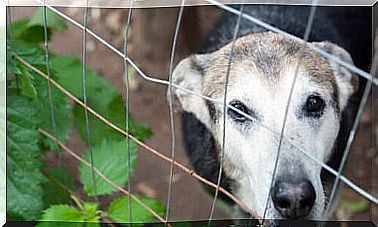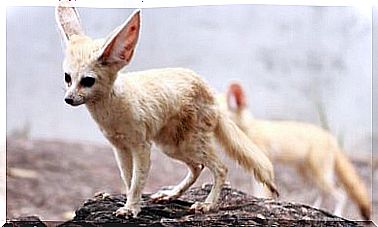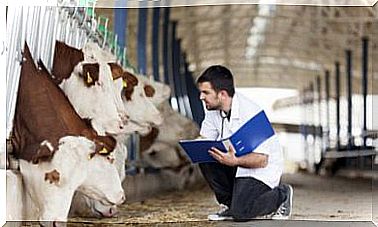The Secret Of Regeneration In The Animal World
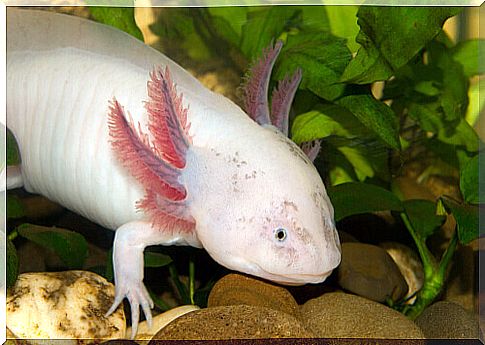
Regeneration is a fascinating and little-known mechanism in the animal world. In a purely biological sense, all living things regenerate, even humans. After all, is wound healing what but a regeneration? All species are capable of carrying out this process to some extent, even the most basic bacteria.
The regenerative process is defined as the renewal, restoration or growth of genes, cells, organs or organisms to an earlier state after a destructive episode.
- Regeneration is complete when the replacement tissue has the same properties as that lost in the wound or amputation.
- Regeneration is incomplete when the replacement tissue is of a different nature than that lost. In this case, the connective tissue replaces the normal parenchyma.
Now that the concept has been well introduced, we encourage you to join us in a review of regeneration in nature.
As it happens?
The terminology used to explain animal regeneration is complex and dense, so we will try to summarize it in simple terms.
Let’s discuss two basic types of regeneration with examples:
- Salamanders are considered the queens of this process. For example, they can regenerate destroyed eye tissues such as the retina and lenses. The dorsal iris of these animals regenerates the lens, generating specific cells for this purpose. No matter where this tissue is placed: its function will continue to be to regenerate a lens. That is why it is said that they are unipotent and restricted regenerative tissues.
- In the case of planarians, for example, if we cut a part of their body, they will fully regenerate. Here, regenerative tissues are considered pluripotent, as they can give rise to all types of cells needed to form the missing segment.
One idea should be clear: stem cells are the key. These cells have two essential capabilities:
- They can continually divide, generating new cells.
- As they split, they can specialize in different roles.
The genetic information of the living being encodes the fate of these pluripotent cells, and they differentiate and group into the different necessary structures.
Now that these complex terms are a little clearer, let’s delve into this subject with some fascinating examples from the animal world.

Salamanders: the queens of regeneration
We’ve shown some regenerative qualities of these friendly amphibians before, but their potential goes far beyond that.
These small animals have regenerative abilities in the legs, tail, spinal cord, brain, jaw, heart and parts of the eyes.
When a salamander loses an edge, a mass of cells called the blastema is located in the stump, and a new, fully functioning edge is created from it. Adult animals “recruit” musculoskeletal fibers from the stump that will give rise to the lost limb after a while.
Therefore, it is not surprising to find in nature newts and salamanders with one leg shorter than the other. These parts are regenerating, possibly recovering from a predator attack.
More examples of regeneration in the animal world
- The tetra-blind, Astyanax mexicanus, is able to regenerate heart tissue after some damage. This is due to three specific areas in your genome.
- Starfish are a famous example. They are able to regenerate the ends that separate from the central disc that makes them up. If we go further, the reverse process can occur: an amputated arm can generate an entire individual.
- Sea cucumbers are capable of regenerating several internal organs in short periods of time. This is an essential vital strategy for the animal, as as a method of defense it expels several of its organs against its predators.
- The amphibian Ambystoma mexicanum , or axolotl, is a close relative of salamanders and is even more efficient than salamanders at self-regeneration. Every time a limb is amputated, it replaces it creating an almost exact copy. For this reason, it is the species with the greatest amount of study regarding this subject.
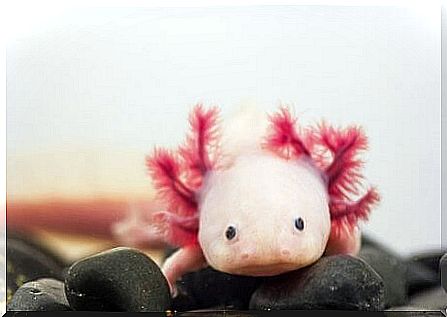
A fascinating process with human usefulness
The investigation of the phenomenon of regeneration in the animal world is not only motivated by the search for knowledge. Scientists hope that by discovering the main points of this fascinating process, many degenerative diseases in humans can come to an end.
